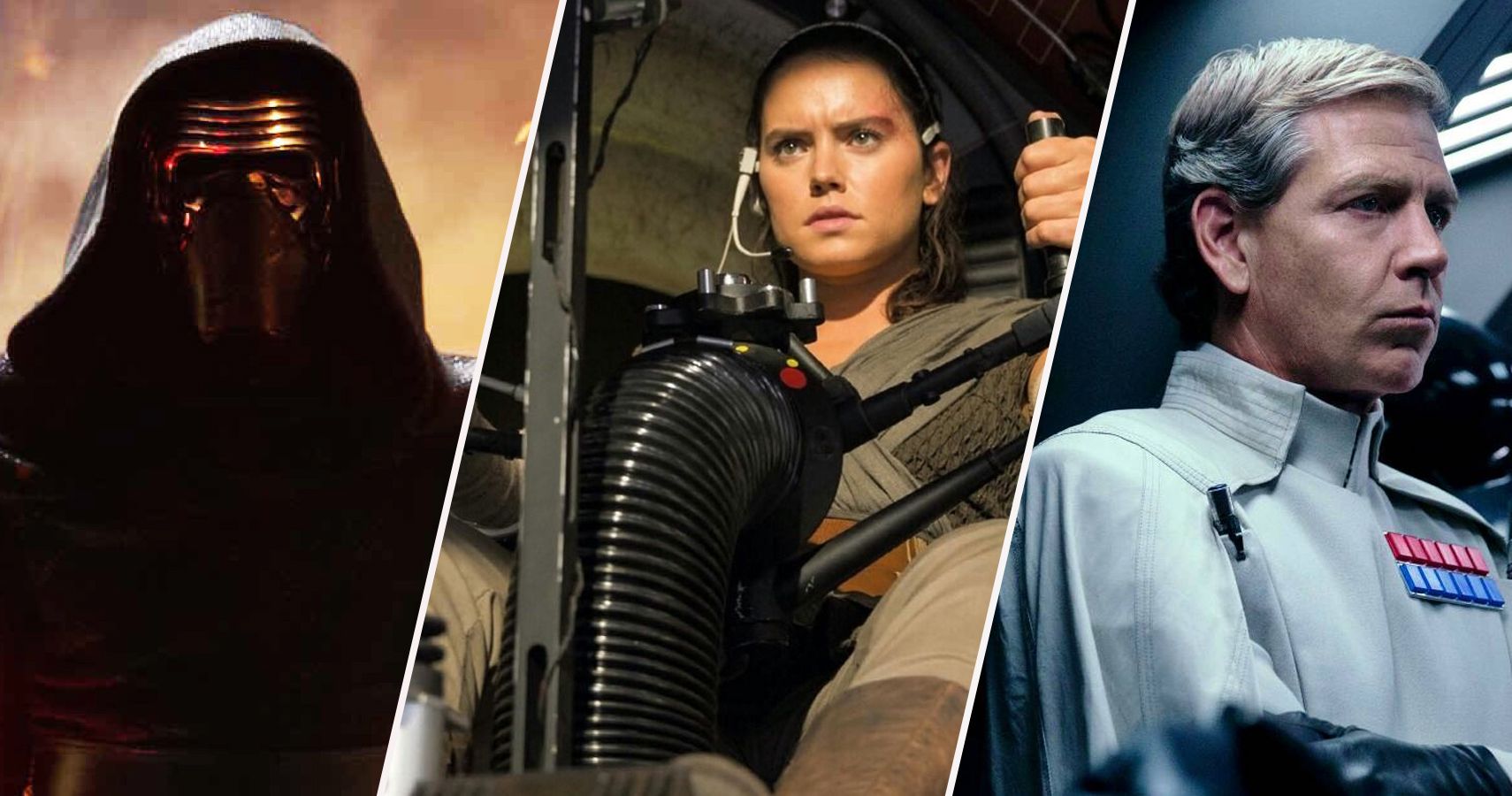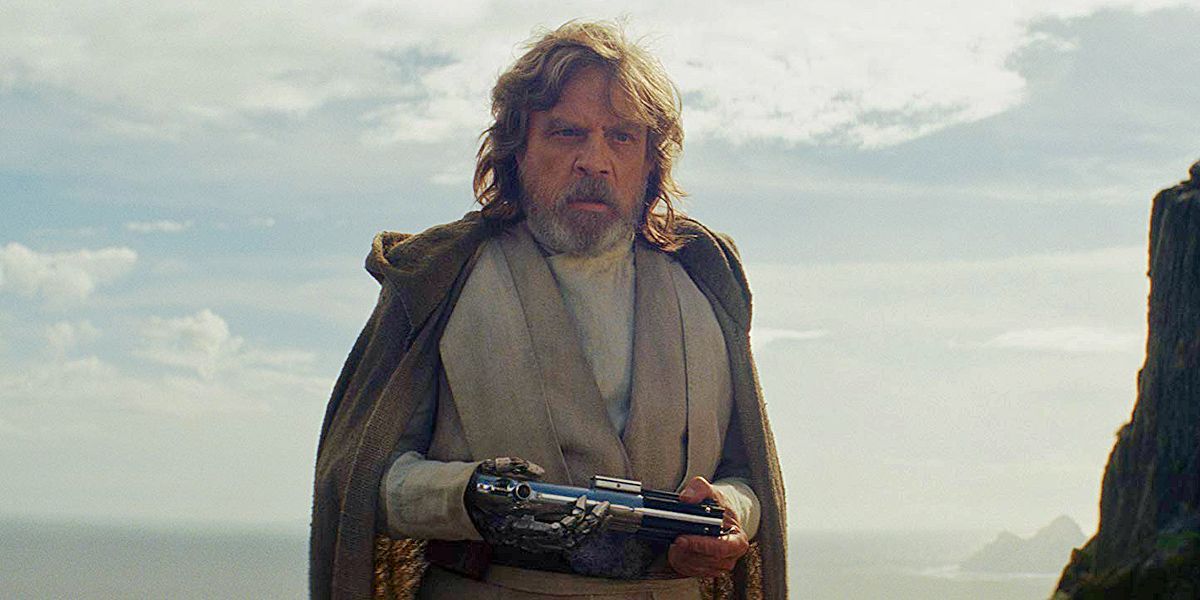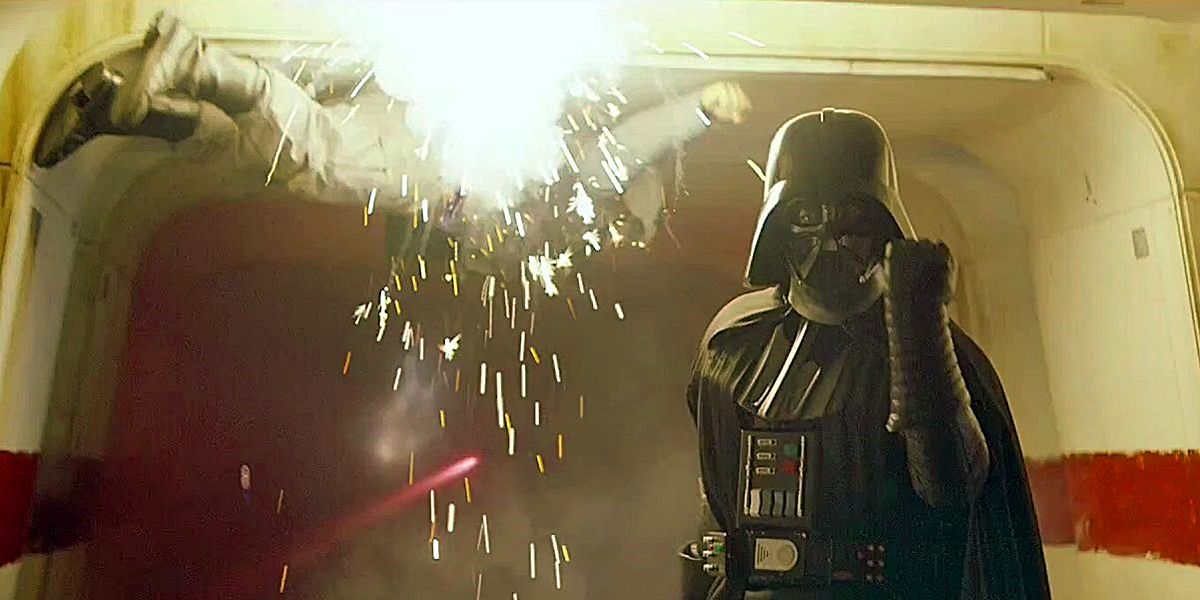The amount of time that elapses, in-story, between Star Wars films is rarely consistent, which can make the episodic nature of the series feel unbalanced. That's largely a symptom of the sometimes massive real-world gaps between releases, of course. Sixteen years passed between 1983's Return of the Jedi and the the launch of the prequel trilogy in 1999 with The Phantom Menace; 10 years separate Revenge of the Sith from The Force Awakens. However, the passage of time between chapters within the actual story can range from mere moments to decades. But with fresh rumors that Star Wars: Episode IX will pick up a year after the events of The Last Jedi, the pacing of the series may be returning to its roots.
Most resources, including the massive archive Wookieepedia, have the series split by one huge event, the Battle of Yavin 4 at the end of 1977's A New Hope. Everything is divided into two eras, before the Battle of Yavin (BBY) and after (ABY). We just wished the films themselves were better at conveying that. How much time takes place between each installment of the franchise can be apparent by the characters aging. For example, we knew going in that quite a bit of time had gone by when Akakin Skywalker went from being the annoying 8-year-old in Episode I to the almost equally annoying, and weirdly wooden, teenager in Episode II.
RELATED: Star Wars: Episode IX Footage Rumored to Arrive By Christmas
The original trilogy was fairly consistent when it came to the passage of times between films. About three years elapsed between the events of Episode IV and when we saw the plucky Rebel Alliance hiding out on the ice planet Hoth in The Empire Strikes Back. And Han Solo spent about a year as a decorative conversation piece in Jabba's Palace. Yes, we know: It took Luke, Leia and the gang an entire year to come up with that ridiculous plan to save Han in The Return of the Jedi.
When Disney bought Lucasfilm in 2012 and announced a new trilogy, beginning with Star Wars: The Force Awakens, we wondered how they might approach the narrative's chronology. As it turns out, they initially course-corrected a little too hard, and instead of allowing some time to pass following the events of the 2015 film, they picked up mere moments later in the opening of 2017's The Last Jedi. It was an unprecedented shift for Star Wars fans. Never had the episodes played so closely to one another, and despite their disparate tones, The Force Awakens and The Last Jedi play back to back pretty seamlessly, as if they are two halves of the same film.
RELATED: Mark Hamill On Combating Spoiler Culture For Star Wars: Episode IX
(Yes, 2016's Rogue One: A Star Wars Story ends mere moments before 1977's A New Hope begins, but that's an entirely different animal.)
Now, it seems, we are getting back to basics with director J.J. Abrams' as-yet-untitled Episode IX, which, if we're to believe the well-placed rumors, will resume the story a year after The Last Jedi, with the sacrifices of Vice Admiral Amilyn Holdo (Laura Dern) and Luke Skywalker (Mark Hamill), the escape from Crait of what little remains of the Resistance, and the intriguing tease of that Force-wielding child on Canto Bight.
RELATED: Star Wars: Episode IX Deals With Carrie Fisher's Death in a "Beautiful Way"
Between the relay-race creative approach to the current trilogy, and the untimely death of Carrie Fisher, it's unknown whether a time jump was planned from the beginning. But the decision is probably for the best from a narrative standpoint. After the (mostly) bleak ending of The Last Jedi, it's doubtful Star Wars fans want to start the film with a handful of shell-shocked Resistance fighters crammed in the Millennium Falcon, coming to terms with their losses while desperately searching for allies to give them refuge. We'll leave that part of the story to the tie-in comic books and novels.
Directed and co-written by J.J. Abrams, Star Wars: Episode IX stars Daisy Ridley, Adam Driver, John Boyega, Oscar Isaac, Lupita Nyong’o, Domhnall Gleeson, Kelly Marie Tran, Joonas Suotamo, Billie Lourd, Keri Russell, Matt Smith, Anthony Daniels, Mark Hamill, Billy Dee Williams and Carrie Fisher, with Naomi Ackie and Richard E. Grant. The film opens Dec. 20, 2019.



